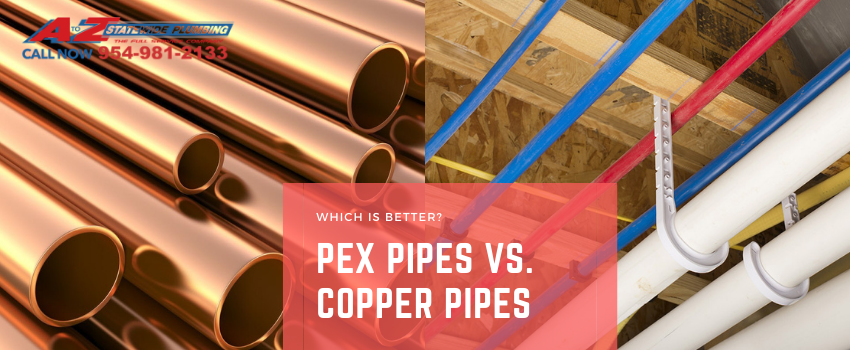5 Tips On How To Snake Your Own Drain
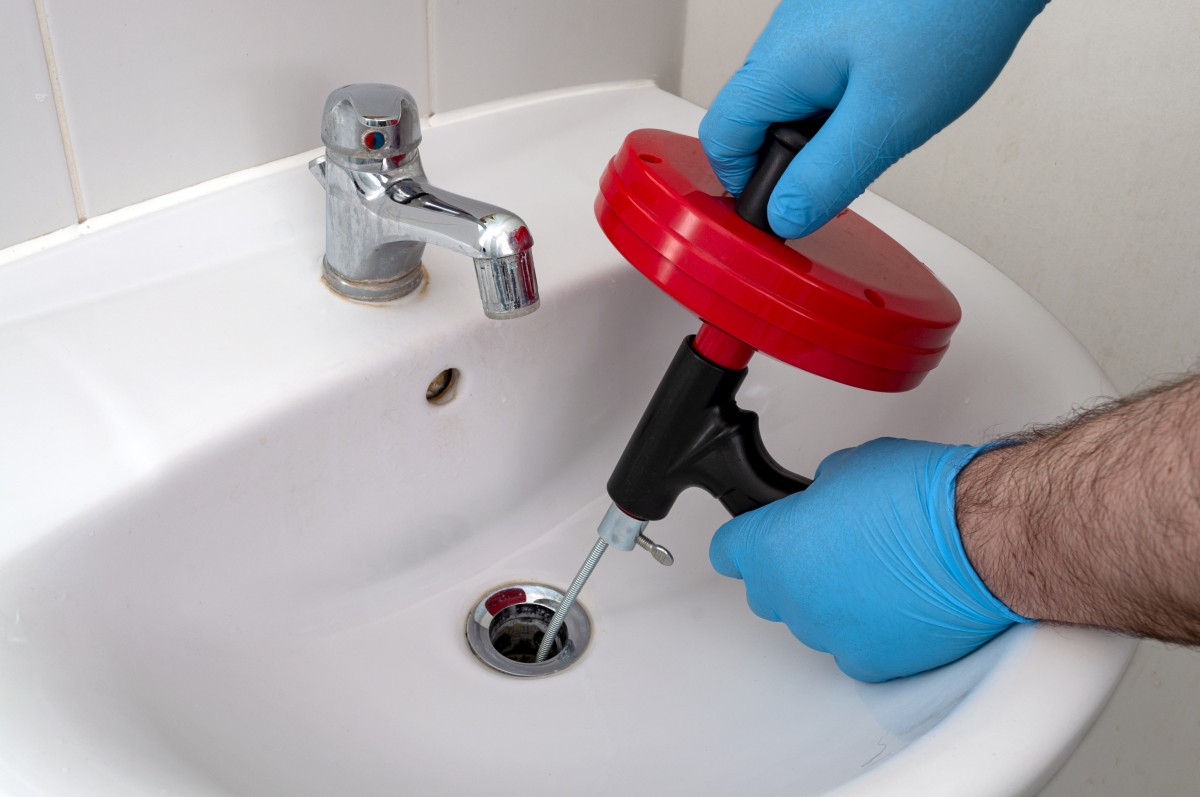
Whether you come across a clog in your kitchen sink or a back-up in a shower drain, it can easily put a damper on your day. The last thing you’re going to want to do is spend hours getting your plumbing back in working order. However, with a few simple tools, trusty methods, and a little practice, you can become an expert at doing away with pipe-clogging debris.
Learn how to snake your own drain just by following our DIY tips and fix your clogged drain in no time!
When Would You Need Snake Your Own Drain?
Knowing how to snake your own drain is important for when you’re facing a plumbing emergency. A drain snake, also known as a hand auger, is a tool used to clean out clogged in smaller drains such as the bathroom or kitchen sinks. For larger pipes, such as your toilet, you may need a larger toilet auger to do the job.
Debris, such as food, hair, or soap scum, can easily clog up your smaller drains in the drain pipe or in the u-shaped trap directly beneath the sink. These clogs are generally minor and can be solved with a simple DIY snake drain fix. If the clog appears to be solid and cannot be removed by the snake drain, or if you notice the drain trap and pipes were clear despite having a clogged drain, then you may have a more serious plumbing problem on hand that should be reserved for a professional plumber.
Five Tips On How To Snake Your Own Drain
Follow these guidelines for how to snake your own drain and you’ll become a pro at solving your own plumbing problems with a drain snake!
Tools For the Job
To snake your own drain, the most important tool you’ll need is, obviously, a drain snake. If the clog seems insignificant enough though, you might not want to go out and spend the money on such a tool. If this is your predicament, then grabbing a coat hanger from the closet may very well do the job just fine. Simply disassemble the coat hanger so that it becomes a long, fairly straight strip. But, it’s important to keep the original hook-shape on the end – it’ll be good for catching any debris, deep down in the drain. You might want to make the hook a bit narrower though, so it can fit down the pipe properly.
If you happen to be dealing with a much more intense clog, chances are a clothes hanger just won’t do it. As already mentioned. you’re going to need a drain snake. For general usage, a 3/8 in, 20 ft-long model ought to work just fine for you. If your local hardware store seems to only have a 1/4 in, this will most likely work fine, too. While you’re at the store, pick up a plastic bucket to fit under your drain, along with a flashlight and rubber gloves.
Use The Drain Snake Properly
Many people think that since the tool is so simple, they can use it however they want and that there’s no correct way to use a drain snake. This just isn’t true. Following a specific procedure will actually yield the best results.
First, if you have a tub screen or a hair trap covering your drain, move it out of the way. Next, slowly push the snake cable into the drain, and turn the handle in a clockwise motion as you push. If you have difficulty pushing (perhaps because the drain is so clogged), trying holding the handle with both hands. While lowering the “snake” mechanism, alter your grip until it’s about two or three inches from the mouth of the drain – this will allow you to control your motion and get a better sense of the nature of the clog.
On your way down to the obstruction, you might hear a decent amount of scratching, or it might seem as if the cable has hit a wall. At this point, you’re just coming upon a curve in the pipe – just keep pushing past it.
When you feel a significant amount of resistance, you know you’ve reached the particular barrier that has been giving you problems in your pipe. The clog ought to give way just the slightest bit though when compared to the resistance of the pipe itself, which shouldn’t give way at all.
Next, you should try to hook the clog. While continuing to turn the cable in a clockwise manner, ever so slightly pull up to see if you’ve gotten a hold of any of the debris. You should feel a bit more weight on the auger, if done correctly. Next, continue to prod the material in order to begin to break it up. After doing this for some time, you should eventually poke through the other end. If the clog just won’t allow you to puncture through it, it very well might be a solid object that you’ve initially hooked.
Pull the snake out of the drain very carefully so you don’t lose the clog hooked on the drain snake. After that, clean the debris off the snake with a towel as it comes out of the drain. Dump this excess debris into the bucket. Continue pulling up as much of the clog as you can until the snake is free!
Use Hot Water
If the drain still happens to be clogged, it’s a good idea to run hot water through it. Fill a standard sized tea kettle up with water, and put it on the stove until it reaches a point of almost boiling. Slowly pour that hot water down into the drain. It may take a few moments to rinse away the remnants of the clog, but with this method, it should begin to slow quickly.
If the clog is in your shower drain, you may be wondering why you can’t just put hot water on through the showerhead. The problem is, besides that shower water often doesn’t get this hot, showerheads often can’t shoot directly into the drain and at a close enough proximity to be truly effective. You will still need to pour the tea kettle water directly into the shower drain just like any other drain.
Use A Homemade Concoction
If nearly boiling hot water still doesn’t seem to be doing the trick, you can always add a half a cup of baking soda and one cup of vinegar to hot water, pour it down the drain, and see what happens. Allow it to sit for fifteen minutes. This method is known to be extremely effective so, if you’re willing to part with a few of your essential baking elements, definitely give it a try!
Use Chemicals
As a last resort to unclogging a drain, you can always go the chemical route. Caustic soda (Sodium Hydroxide) is a harmful chemical substance that can definitely do a number on most of the debris that will end up in your drainpipe. Pour 3/4 of a gallon of cold water into a mop bucket, and then add 3 cups of caustic soda. Stir the mixture well, and it will soon begin to fizz. Next, pour it into the clogged drain and leave for 20-30 minutes, then flush it with pure hot water – repeat as necessary.
When to Call A Professional Plumber For Your Drain Clogs
Have you followed all these tips and still have a clogged drain? If none of these options seem to yield any positive results for you, don’t be discouraged. It may be a difficult clog that a simple DIY cannot fix. At this point, it’s time to call a professional plumber to get your clogged drain back to working properly again.
Leave your difficult clogs to Express Sewer & Drain. Our expert plumbers can handle any plumbing problem you have, including stubborn clogged drains. Call Express Sewer and Drain today!
This post first appeared on https://www.expresssewer.com

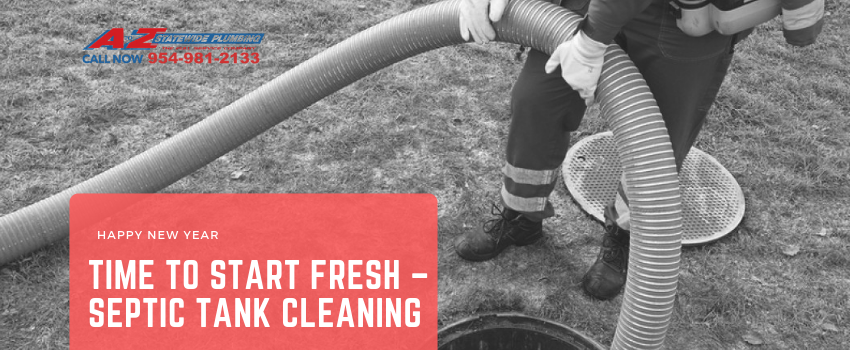

 If it’s time for you to schedule maintenance for your household plumbing—which we recommend you do once a year—how should you do it? There are four options:
If it’s time for you to schedule maintenance for your household plumbing—which we recommend you do once a year—how should you do it? There are four options: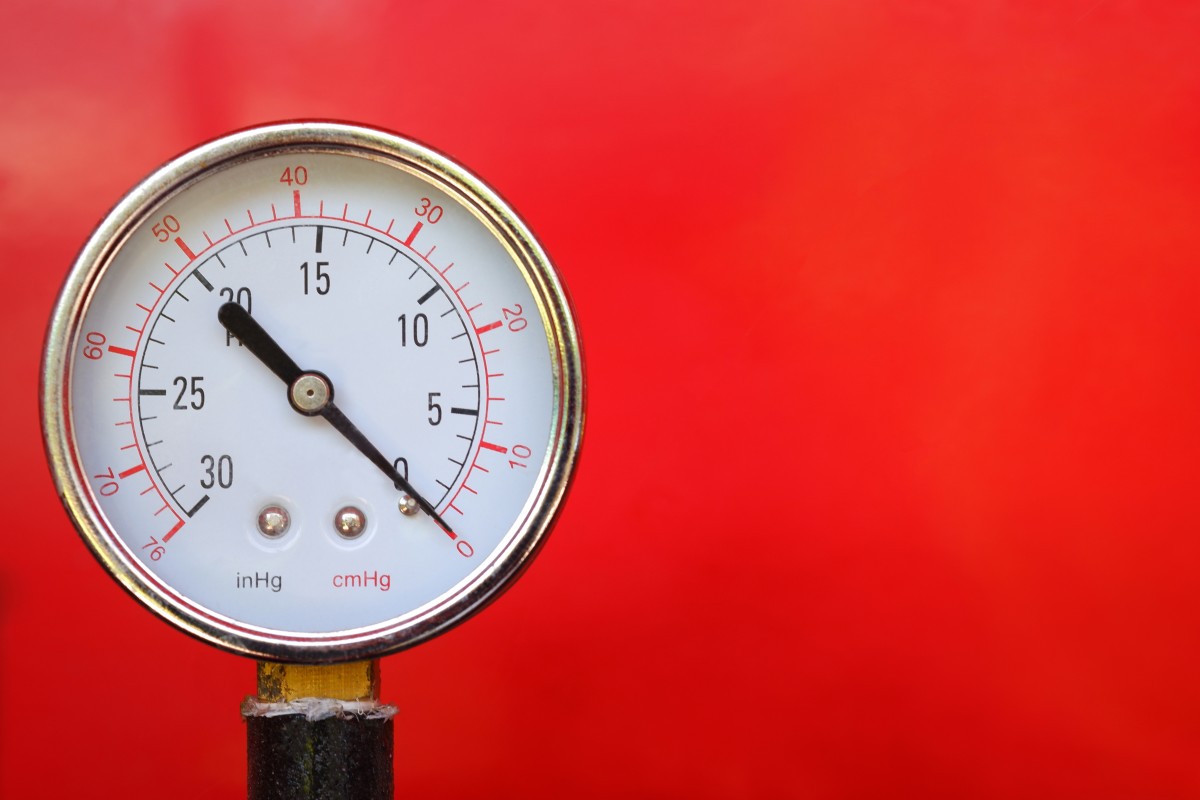
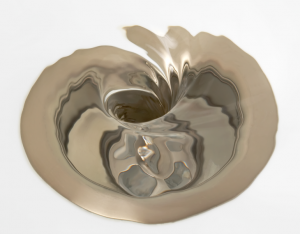 The tricky thing about plumbing is that you don’t always know what defines a real plumbing issue. Sometimes, something that you think is minor is really a huge problem, and other times something that you think is a major issue isn’t as pressing as you might have believed. Plumbing can be very confusing from the vantage point of the homeowner. That’s why we’re here to help you out.
The tricky thing about plumbing is that you don’t always know what defines a real plumbing issue. Sometimes, something that you think is minor is really a huge problem, and other times something that you think is a major issue isn’t as pressing as you might have believed. Plumbing can be very confusing from the vantage point of the homeowner. That’s why we’re here to help you out.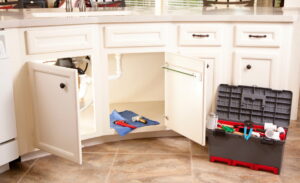 What do you know about chemical drain cleaners? Many homeowners would respond to that question with, “well, I’m not sure but they clean my drains.” How do you know they clean your drains? After all the fumes have settled, the gunk is clear from your sink, and a day has passed, does your drain really feel permanently better?
What do you know about chemical drain cleaners? Many homeowners would respond to that question with, “well, I’m not sure but they clean my drains.” How do you know they clean your drains? After all the fumes have settled, the gunk is clear from your sink, and a day has passed, does your drain really feel permanently better?
 The kitchen has an enormous amount of plumbing and plumbing fixtures in it. The bathroom has a higher concentration of plumbing and pipes, but you need to take special care of your
The kitchen has an enormous amount of plumbing and plumbing fixtures in it. The bathroom has a higher concentration of plumbing and pipes, but you need to take special care of your 